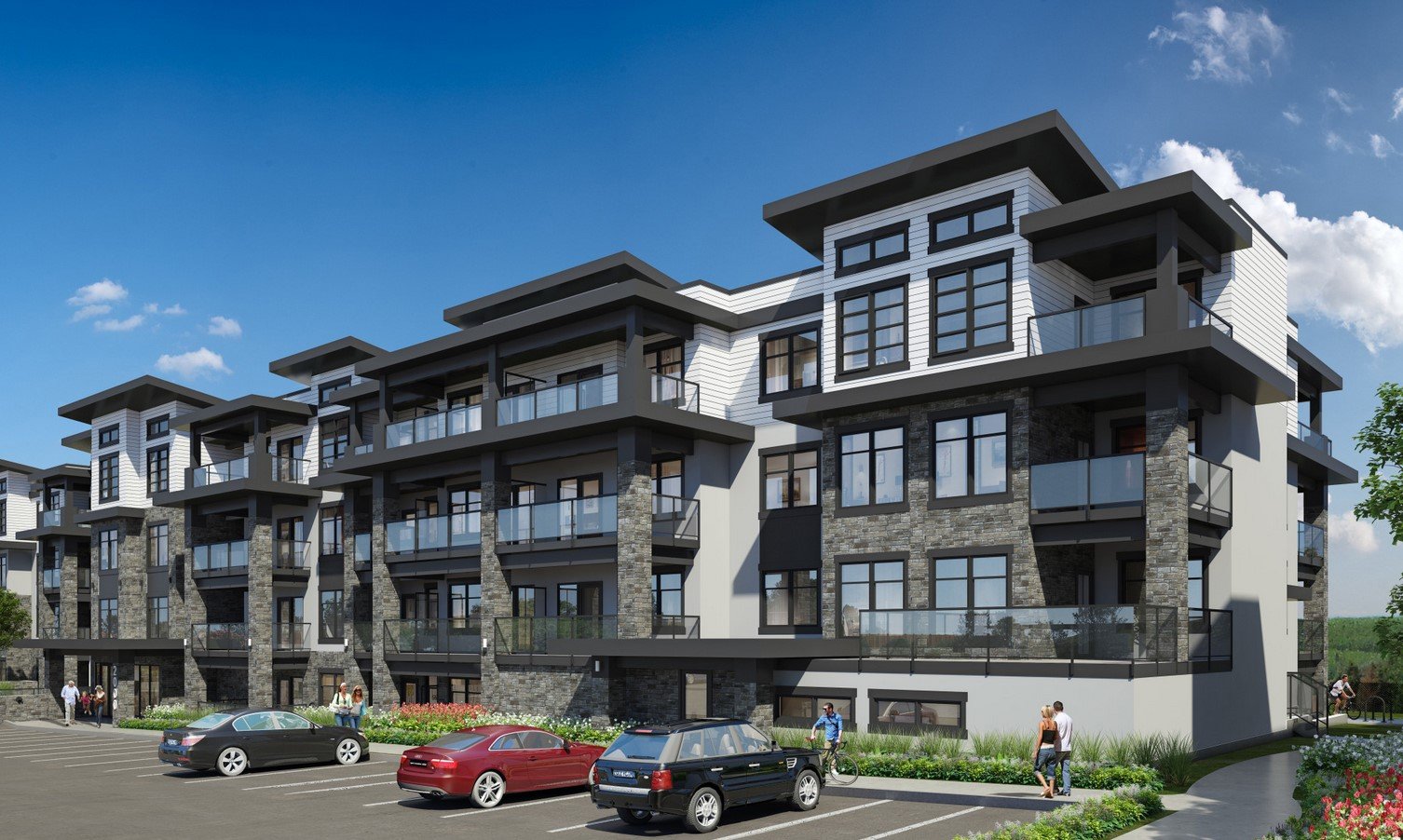Now Reading: Studio Apartments for Rent in Sharjah – Starting at AED 9,000/year
-
01
Studio Apartments for Rent in Sharjah – Starting at AED 9,000/year
Studio Apartments for Rent in Sharjah – Starting at AED 9,000/year

Table of Contents
In a world where housing costs continue to rise, the pursuit of “cheap apartments for rent” has become a central theme for individuals and families alike, irrespective of their location. Whether you are a student, a young professional starting out, a family on a tight budget, or simply looking to minimize your monthly expenditures, finding an affordable living space requires a strategic approach. This guide will delve into the various factors influencing rental prices and offer actionable tips to help you secure a budget-friendly apartment.

Understanding Rental Price Dynamics
The cost of renting an apartment is influenced by a complex interplay of factors, often creating significant disparities even within the same city or region. Understanding these dynamics is the first step towards a successful search:
- Location, Location, Location: This remains the paramount factor. Apartments in prime urban centers, near major business districts, popular entertainment hubs, or with excellent connectivity to public transport, will invariably command higher rents. Conversely, areas further from the city core, or those still undergoing development, typically offer more affordable options. The reputation of a neighborhood, its amenities (parks, schools, hospitals), and safety also play a significant role.
- Property Type and Size: Naturally, larger apartments with more bedrooms will be more expensive than studios or one-bedroom units. The building type also matters; a unit in a modern, amenity-rich high-rise will cost more than one in an older, low-rise building.
- Amenities and Facilities: Buildings offering swimming pools, gyms, covered parking, 24-hour security, or concierge services will have higher service charges and, consequently, higher rents. Even within the same building, apartments with better views, balconies, or upgraded interiors can command a premium.
- Market Demand and Supply: Rental prices are a direct reflection of supply and demand. In areas with high population growth and limited new construction, rents tend to surge. Conversely, an influx of new developments or a slowdown in population growth can lead to more competitive pricing. Economic conditions and job market stability directly impact demand.
- Lease Terms and Payment Frequency: Landlords often prefer annual leases with fewer cheques (e.g., one or two large payments) as it reduces administrative burden and financial risk. Offering to pay in fewer cheques (e.g., one or two instead of four or twelve) might give you leverage to negotiate a slightly lower annual rent.
- Monthly payment options, while convenient, are often associated with a higher overall annual cost.
- Furnishing Status: Furnished apartments, while offering immediate convenience, come at a higher price point due to the cost of furniture and appliances. Unfurnished or semi-furnished options typically offer better value for money in the long run.
- Age and Condition of the Property: Older buildings, or those requiring some maintenance, often have lower rents compared to brand-new or recently renovated properties. While this might save you money upfront, it’s essential to factor in potential utility costs or minor repair needs.
Strategies for Finding Affordable Apartments

Finding a cheap apartment doesn’t mean compromising on liveability. It often requires a flexible mindset and diligent search:
- Broaden Your Search Geography: Do not limit yourself to the most popular or central areas. Explore neighboring communities or emerging districts that are slightly further out but offer good connectivity. Commuting a little further might lead to significant savings. For instance, in many major cities, suburbs or satellite towns provide considerably lower rents.
- Consider Smaller Units: A studio or a one-bedroom apartment might be more economical than a larger unit, especially for single individuals or couples. Efficient space planning can make smaller areas feel more comfortable.
- Opt for Unfurnished or Semi-Furnished: If you already own furniture or are willing to invest in it, unfurnished apartments are consistently cheaper. Even purchasing second-hand furniture can result in substantial savings compared to the premium on furnished units.
- Leverage Online Portals and Apps: Utilize major online real estate platforms. These sites allow you to set price ranges and apply filters for specific criteria, making it easy to identify budget-friendly options. Set up email alerts for new listings that match your criteria.
- Engage with Reputable Agents: While some view agent fees as an additional cost, a good real estate agent can save you time and money. They often have access to a wider range of listings, including some not publicly advertised, and can help negotiate better terms. They can also provide valuable insights into specific neighborhoods and market trends. Ensure the agent is licensed and reputable.
- Be Flexible with Payment Terms: If your financial situation allows, offering fewer cheques (e.g., one or two annual payments instead of monthly or quarterly) can often secure a discount on the overall annual rent. Landlords appreciate the reduced administrative burden and financial stability this offers.
- Consider Older Buildings: While new developments offer modern amenities, older buildings often provide more spacious layouts at a lower rental cost. Inspect the unit carefully to ensure it’s well-maintained and utilities are efficient.
- Look for Deals and Promotions: Keep an eye out for off-season deals, special promotions, or apartments offering a few months of rent-free stay as an incentive. These are more common during quieter rental periods or for new buildings trying to attract initial tenants.
- Ask About Inclusions: Clarify what is included in the rent. Sometimes, utilities (electricity, water, cooling/heating), internet, or even basic maintenance are part of the rental agreement, which can significantly reduce your monthly outgoings.
- Negotiate: Do not shy away from negotiating. While landlords may have a fixed price in mind, there’s often room for discussion, especially if you present yourself as a reliable tenant, offer a longer lease, or suggest fewer cheque payments.
Due Diligence Before Signing
Once you find a potentially affordable apartment, thorough due diligence is essential:
- Visit the Property: Never rent an apartment sight unseen. Visit the property to assess its condition, check for any damage, and ensure all systems (plumbing, electrical, air conditioning) are in working order.
- Read the Lease Agreement Carefully: Understand all terms and conditions, including rent increases, maintenance responsibilities, exit clauses, and any penalties. Clarify any ambiguities before signing.
- Understand Additional Costs: Beyond the rent, factor in utility bills (electricity, water, gas, internet), security deposits, agency fees, and any community or service charges.
By adopting a proactive and informed approach, the search for a cheap apartment for rent can transition from a daunting task into a manageable and successful endeavor, allowing you to secure a comfortable living space that aligns with your budget.
WATCH MORE HERE: https://www.youtube.com/watch?v=cptZ4-MKq-Y&pp=ygUJI3VhZV9yZW50
READ MORE HERE: UAE Property Buying Guide 2025: Expert Tips for Smart Investors


















